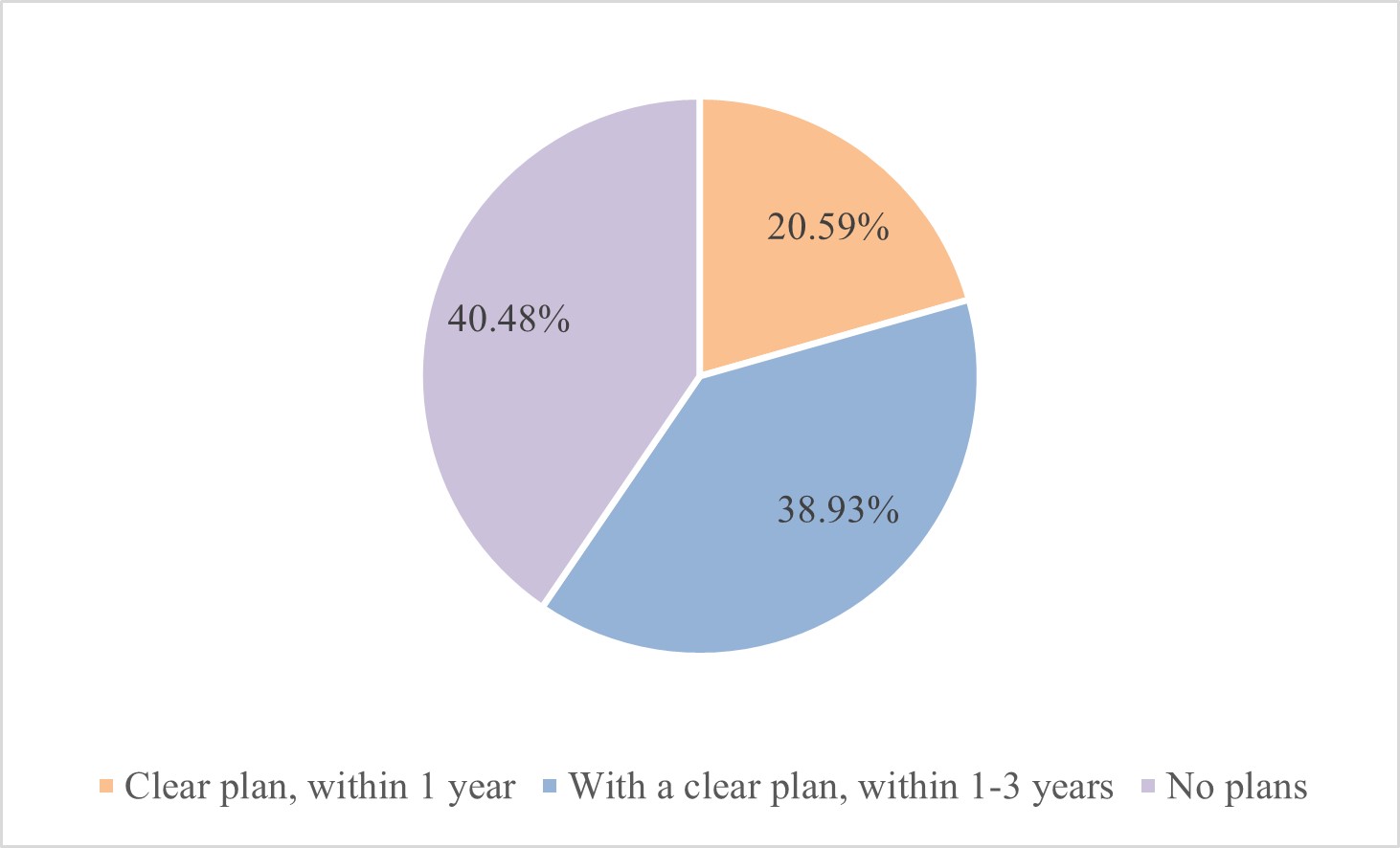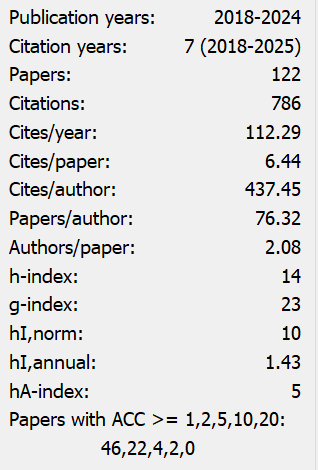Research on NEV Consumption and Co-Development in Tianjin: Based on the Policy-Technology-Demand Framework and AI-Driven Empirical Analysis
Abstract
Against the backdrop of global carbon reduction strategies and the rapid development of artificial intelligence, this study focuses on the new energy vehicle market in Tianjin, employing questionnaire surveys, in-depth interviews, and empirical analysis methods. Based on 920 valid questionnaires, the study analyzes consumer behavior. The findings reveal that the middle-aged group (25–35 years old) and the middle-income bracket (annual income of 100,000–200,000 yuan) constitute the main consumer base, with their purchasing decisions significantly influenced by policy subsidies, the availability of charging infrastructure, and range anxiety; New energy vehicle user satisfaction is primarily driven by safety, with charging convenience and after-sales service identified as key areas for improvement. To address issues such as inadequate infrastructure, the study proposes establishing a collaborative mechanism guided by the government, led by enterprises, and involving societal participation; to address the inadequacy of the market service system, it recommends establishing a standardized service system and value protection mechanism to regulate after-sales service and the used vehicle market; To address the disconnect between environmental values and consumer behavior, a guidance system should be established to strengthen environmental education, improve incentive policies, and promote the implementation of corporate environmental technologies; To address the mismatch between technological adoption and user perception, a demand-driven and scenario-based technology R&D and promotion model should be established to clarify technical standards, adjust R&D directions, and enhance technological outreach. The research findings provide theoretical guidance and practical strategies for the development of the regional new energy vehicle market, thereby enhancing the development level of Tianjin's new energy vehicle market
References
[2] Zhang, J. (2025). Research on the Optimization Strategy of Battery Management System for New Energy Vehicles. Automobile Maintenance Technician, (14), 39–40.
[3] Li, H., & Chen, S. (2022). A Study on the Market Stratification of Sensitivity to the NEV Purchase Subsidy Phase-out Policy: An Empirical Analysis Based on Regression Discontinuity Design. Economic Research Journal, (8), 89–103.
[4] Pu, G. (2023). NEV Subsidy Policy, Demand Substitution, and Industrial Development [Doctoral dissertation, Dongbei University of Finance and Economics]. https://doi.org/10.27006/d.cnki.gdbcu.2023.000013
[5] Guo, W. (2025, March 3). Domestic AI Large Models Drive Automobiles Towards a New "Intelligent" Track. New Energy Vehicle News, 8. https://doi.org/10.28896/n.cnki.nxnqc.2025.000075
[6] Li, W. (2025, April 13). The Construction of Public Charging Piles Needs to Advance in Both "Quantity" and "Quality". Legal Daily, 5. https://doi.org/10.28241/n.cnki.nfzrb.2025.002257
[7] Zhang, J. (2025). Research on the Optimization Strategy of Battery Management System for New Energy Vehicles. Automobile Maintenance Technician, (14), 39–40.


This work is licensed under a Creative Commons Attribution 4.0 International License.
Copyright for this article is retained by the author(s), with first publication rights granted to the journal.
This is an open-access article distributed under the terms and conditions of the Creative Commons Attribution license (http://creativecommons.org/licenses/by/4.0/).


























